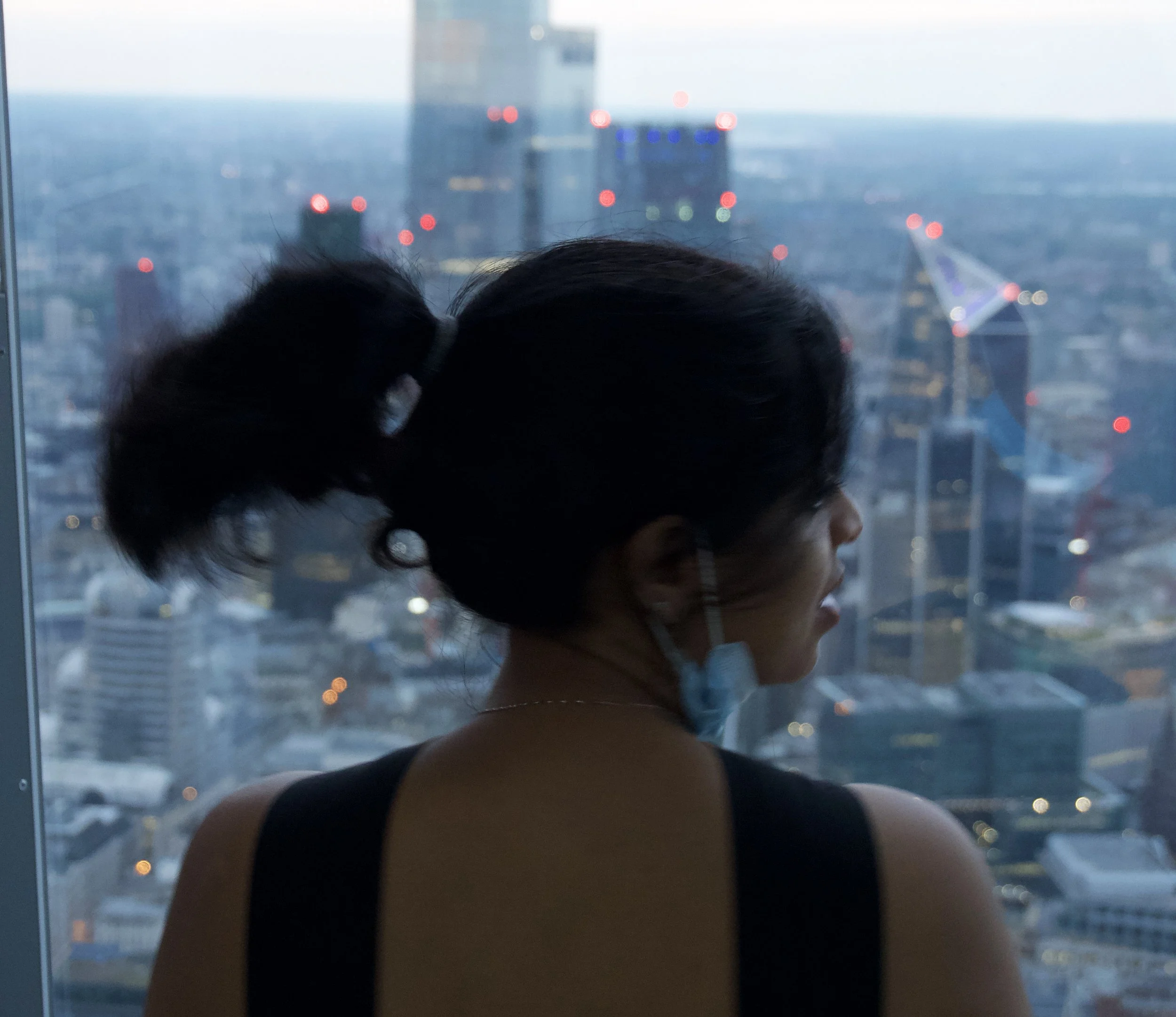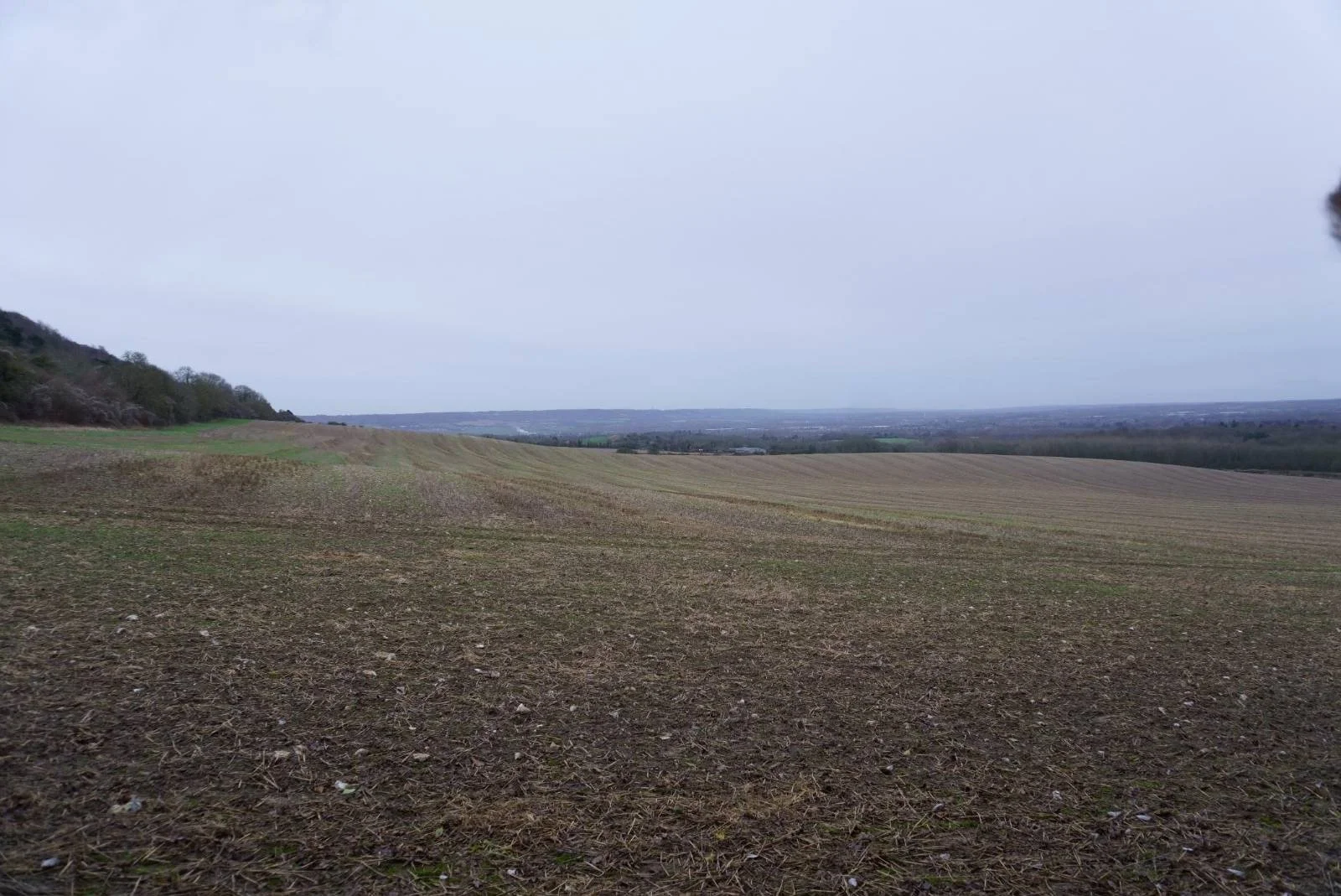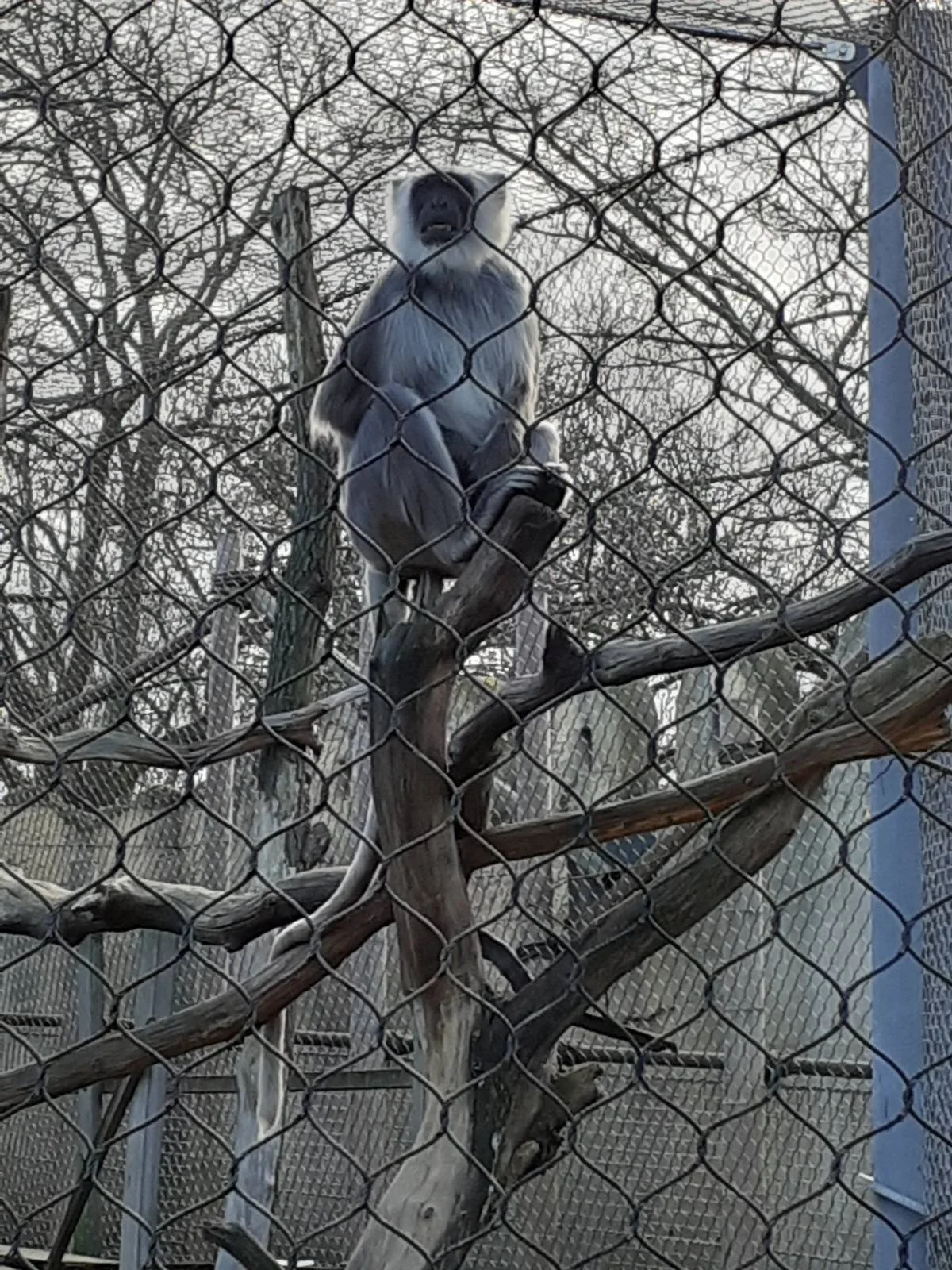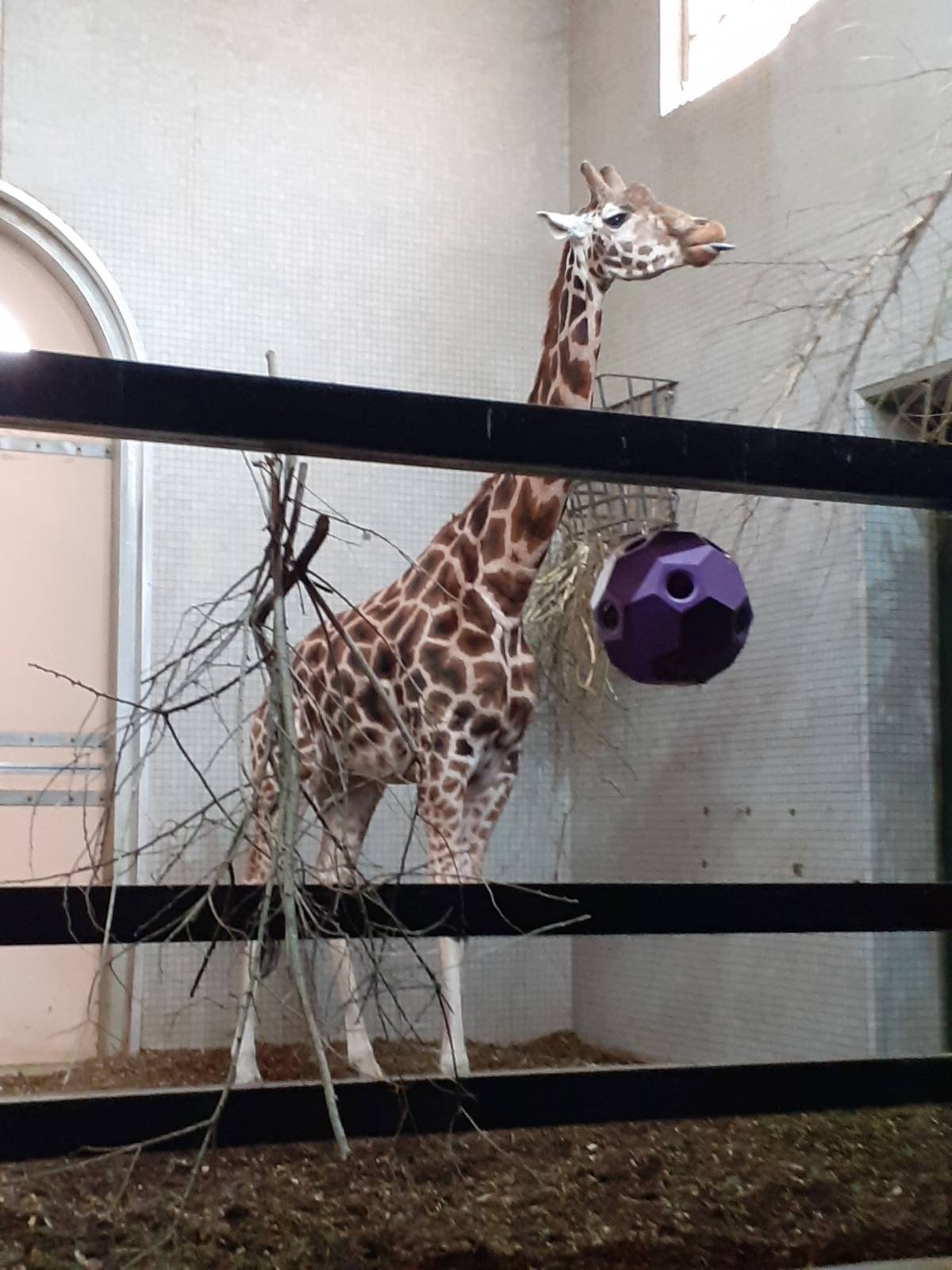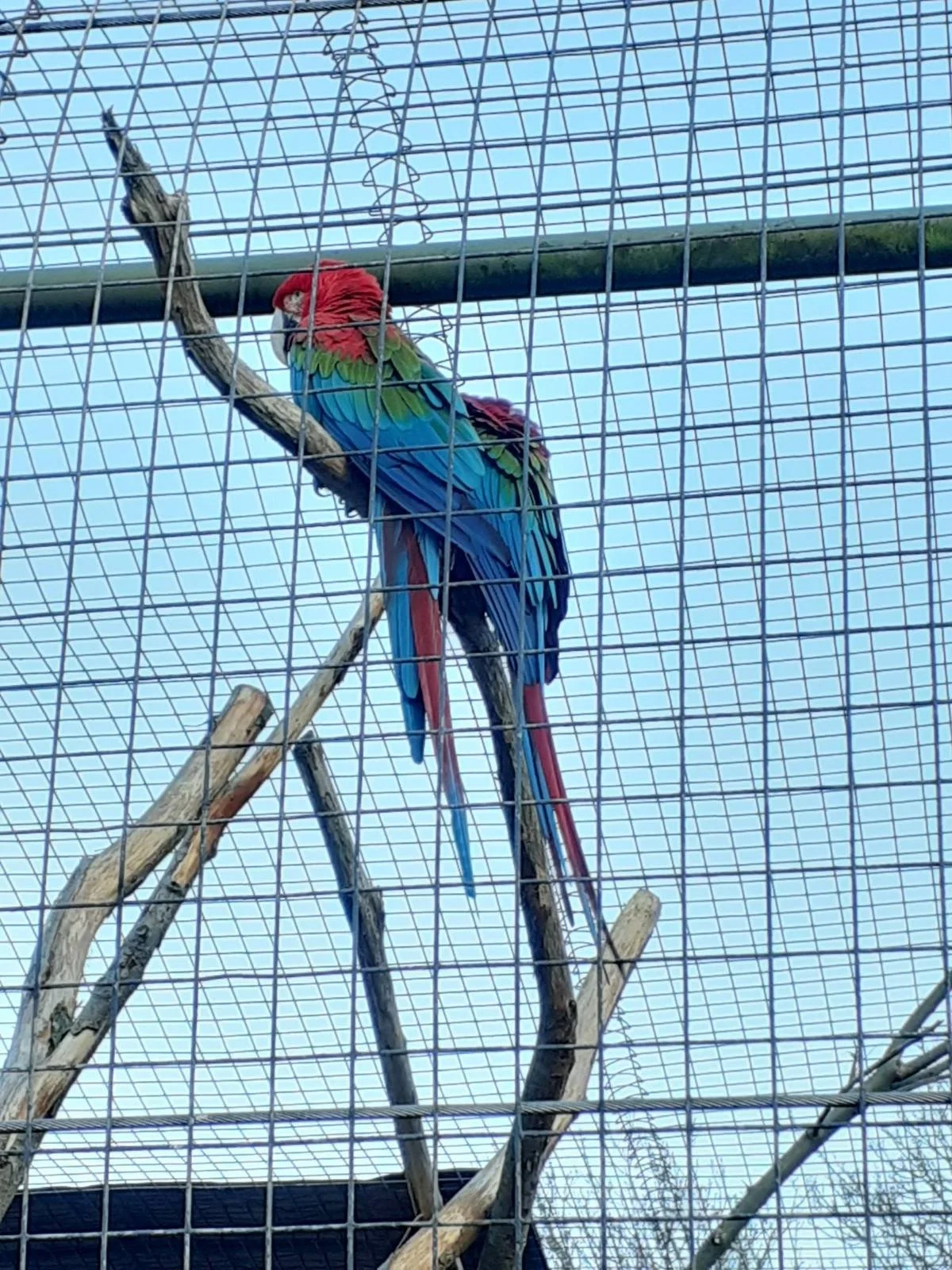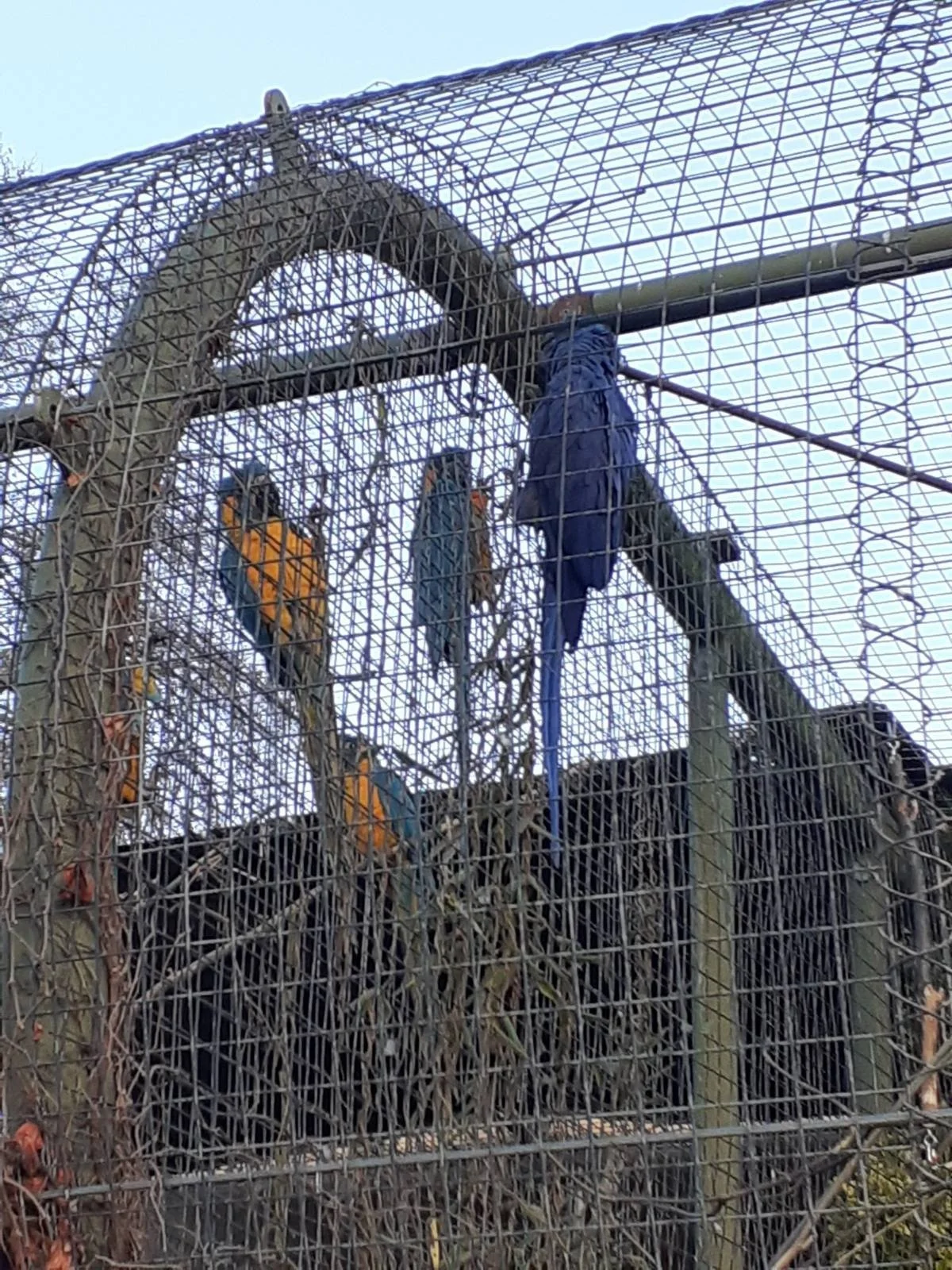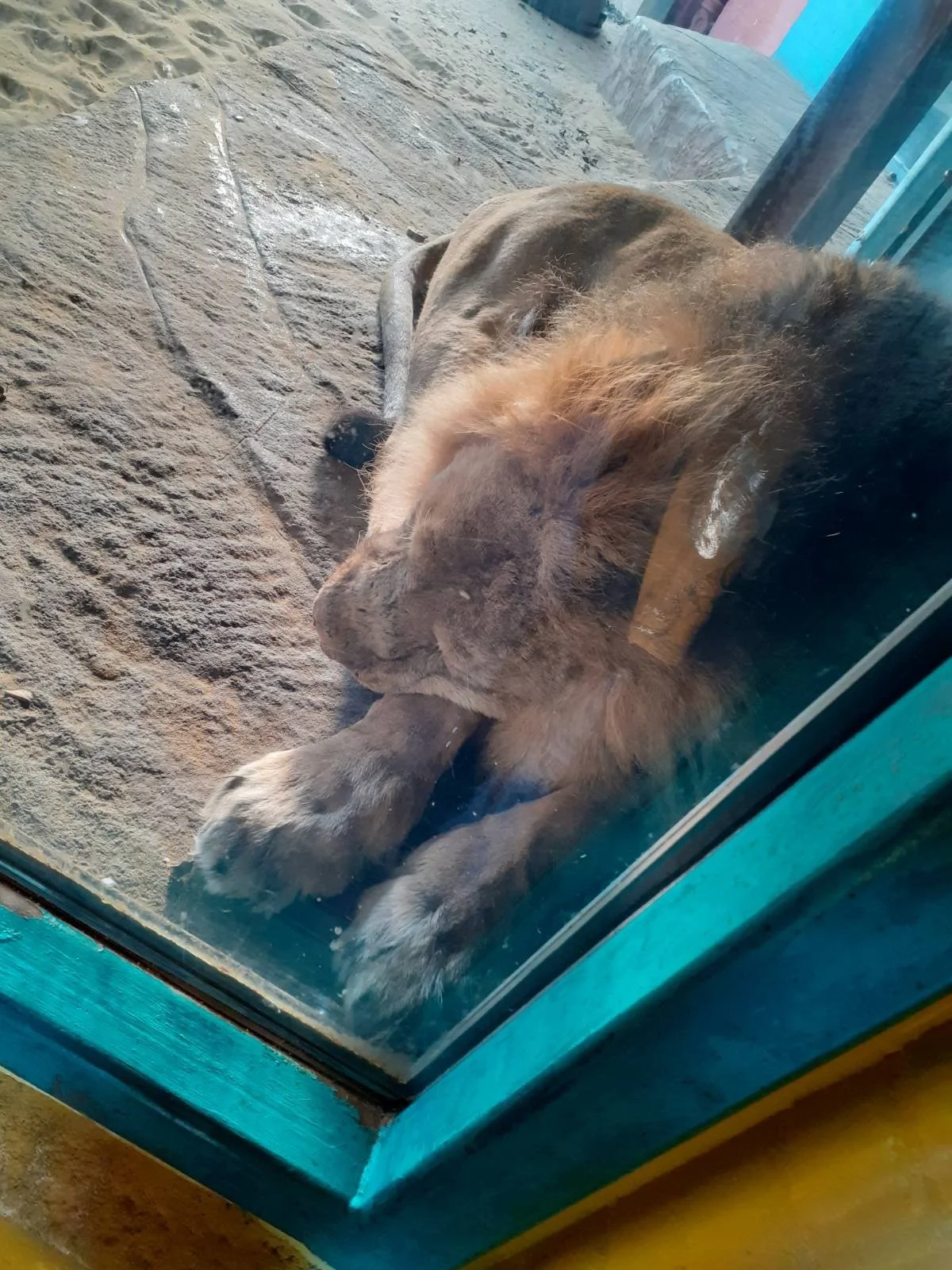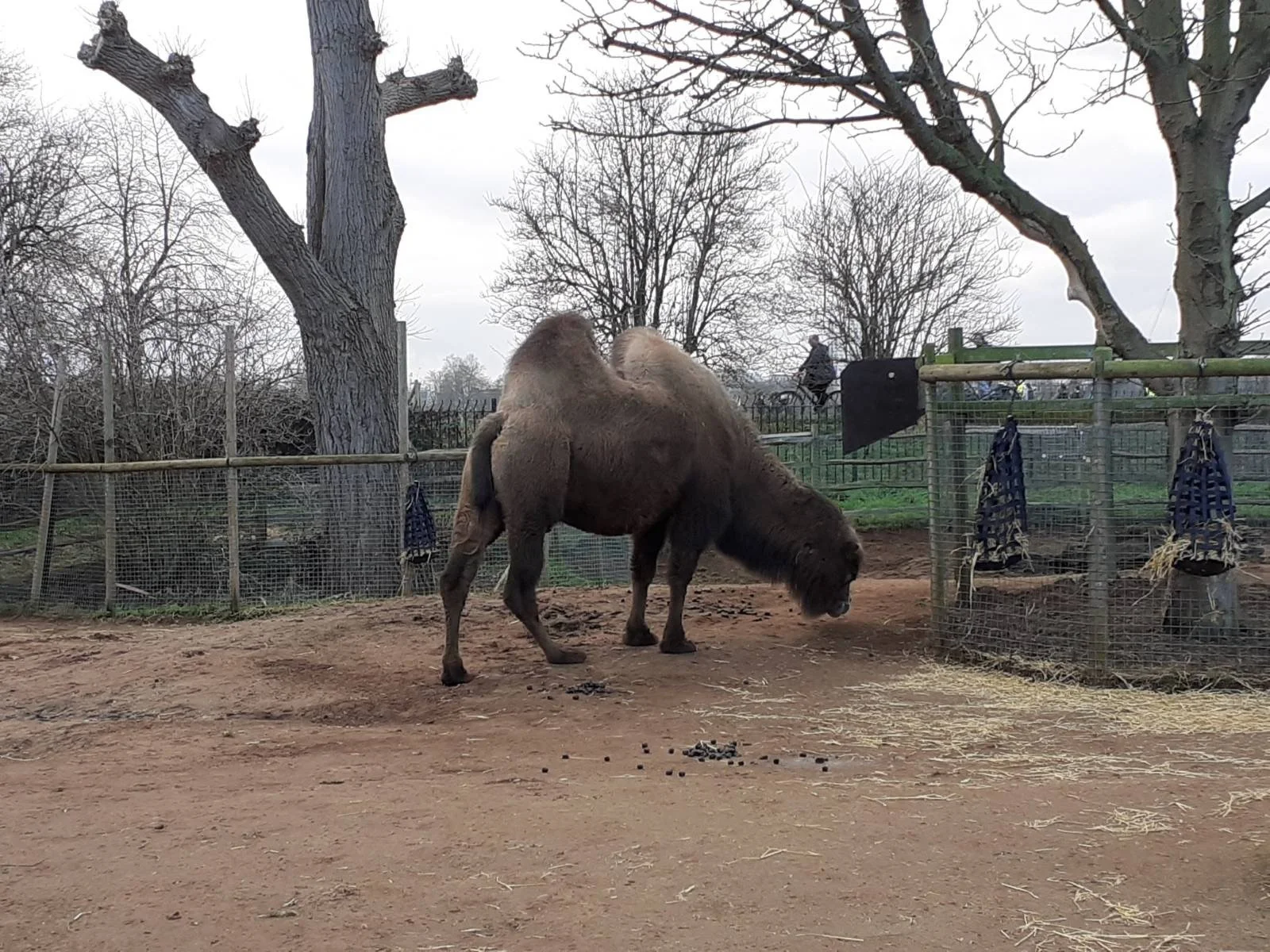4ams
/Another even-numbered year, another Taylor Swift album, which for a Swiftie adds a sense of completeness that the odd ones just don’t have*. After a few listens I was hooked on Midnights’ dark riffs and synth-bass, extracting from the moody, murky mix, a few memorable lines (’it’s me, hi!’) to sing episodically, whenever the impulse took me.
Apart from the killer one-liner the album offers another interesting takeaway - the concept of a particular time of day that holds significance for an individual. Midnights as the name makes obvious, contains songs all written to embody different midnights in Swift’s life and just as you’d expect from an album about the witching hour, the songs are dark and intimate. Like many great concept albums, it provokes reflection in the listener: what is my midnight, what happened during my midnights, and how have my midnights changed over the years?
Having been a shift worker for a third of my life, and now with a nine-month-old, I am well acquainted with most hours of the day and night. However, the time that most speaks to me is not midnight, but 4am. I haven’t seen that many of them, but the ones I have seen have been memorable.
Nowadays I see far more 4ams than previously. That hour often coincides with the baby’s early morning feed, something that cannot be put off, as the wailing reaches a pitch where it overrides the monitor and comes straight through the walls. I fumble my way to the baby’s room, everything protesting at getting out of bed when it is still dark and cold.
Earlier in the year, in those truly newborn days, I would see 4am, as well as every other even hour of the night, as I tried to follow the recommended two-hourly feeding regime. But 4am was special. It was the hour when the sky started to lighten, a sign that a long night of frustrated feeding and crying was over and it would soon be another summer day with this beguiling new addition to my life.
That early-morning sense of hope has deeper roots though. 4am reminds me of my very first few shifts as a doctor, when I, anxious and ignorant, was left manning a surgical ward overnight. This start as a new doctor coincided with the height of summer and as terrifying as those night shifts were, the glimpse of a lightening sky from 4am onwards would be a hopeful sign that the shift would soon end.
Night shifts have haunted me throughout my career and they have not always occurred during the bright summer months. Grim midwinter nights on the medical wards usually saw the worst fatigue set in the early morning, but 4am was when the tide turned. In the worst of the pandemic, 4am marked the reopening of the hospital’s coffee stand, which always shut for an hour’s break at 3am. Small rituals like getting coffee as soon as the bleary-eyed barista emerged, became a beacon during the most awful shifts imaginable. 4am, be it dark or light, always proved to be the shift’s solstice.
It would be hard to imagine the coming extremes from the 4ams of my university years. It wasn’t often I had to pull an all-nighter for work but on the rare occasion I battled a deadline overnight, 4am would mark the final push of words as I raced to submit an essay for the morning. The motivational playlists from those times chronicle high-energy pop tempered with power ballads, the auditory equivalent of a speedball, to get me through those frantic last hours in a blaze of Bonnie Tyler and Britney.
Memorable, but in a different way, were the university 4ams of nights out and end of year balls. By this point the heels would long be off and the search for a bolstering bacon butty would begin. These were different dawns, ones that were meant to hold the quintessential university experience, but actually betrayed the fact that most of us were more young, than adult. Aching feet and bodily fatigue meant that these nights for me, were more wearying than energising. 4am would see me crawling back into bed, grateful for oblivion after 20 hours of consciousness.
And before that? 4ams as a child were rare occasions, usually coinciding with an early morning flight. I can still feel that jarring process of waking when I would normally be in the Mariana Trench depths of childhood sleep, brushing my teeth in a fugue state and then being bundled into a still-cold car to go to the airport for the 8am flight. Somehow my mother would already be fully functional throughout this process, something I would look at with incredulity.
But now, I inhabit that role. After I put the baby down after the 4am feed I find it hard to go back to bed. There is something enticing about those quiet, pre-dawn hours when the rest of the household sleeps. Making the first cup of tea or folding the laundry has a meditative quality at this time. If God is to be found, it will be in the early hours of the morning.
As the year turns, it is natural to look to the future and try to anticipate what is to come. As a child, I don’t know if I could have predicted the importance of 4am, an hour mostly dedicated to sleep. We have no idea what things will come to hold significance in our lives. Like a conversation with a loved one, which unknowingly becomes the last, life is full of everyday events that take on greater meaning over time. I don’t know what my future 4ams will bring, but if the past is anything to go by, they will be special.
*8 out of the 10 Taylor Swift studio albums have been released in even numbered years.


